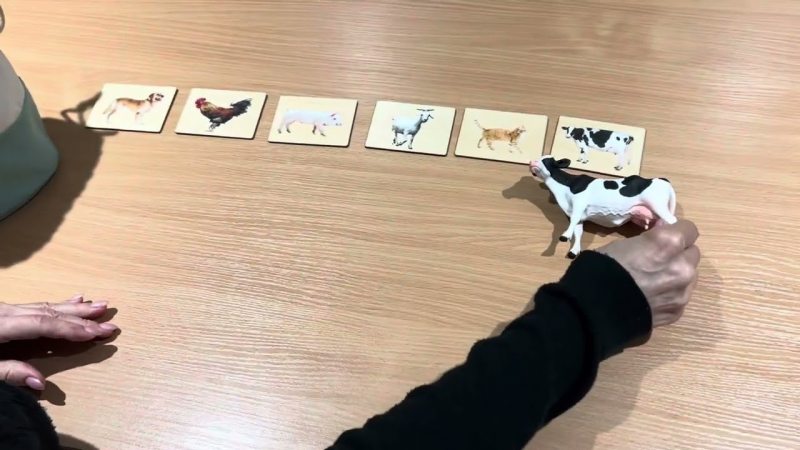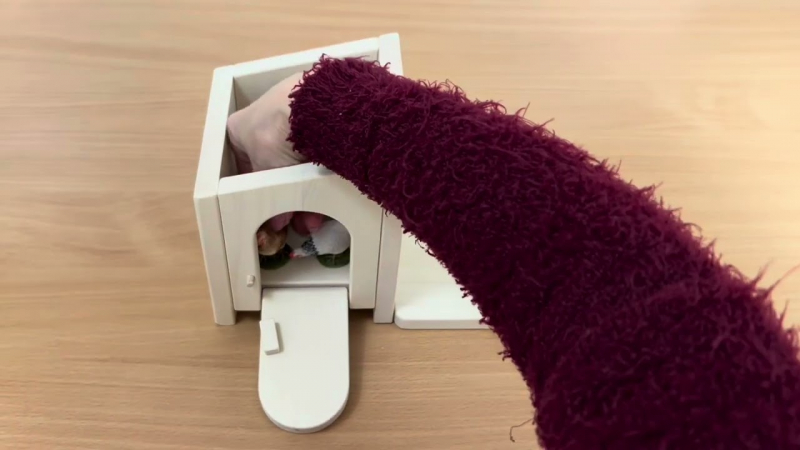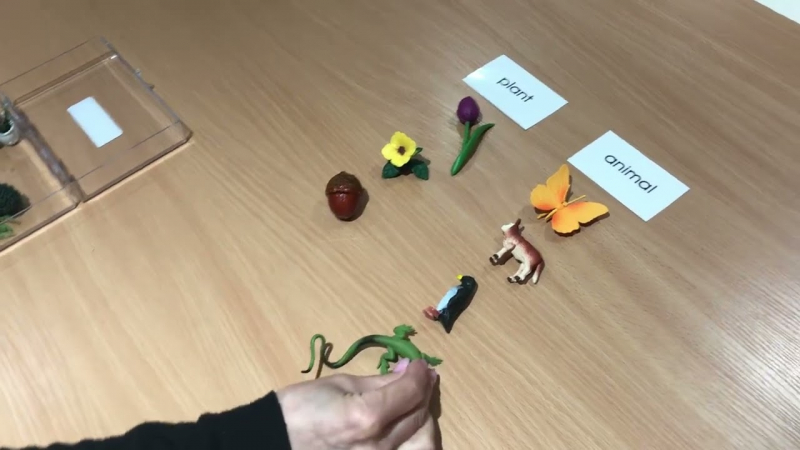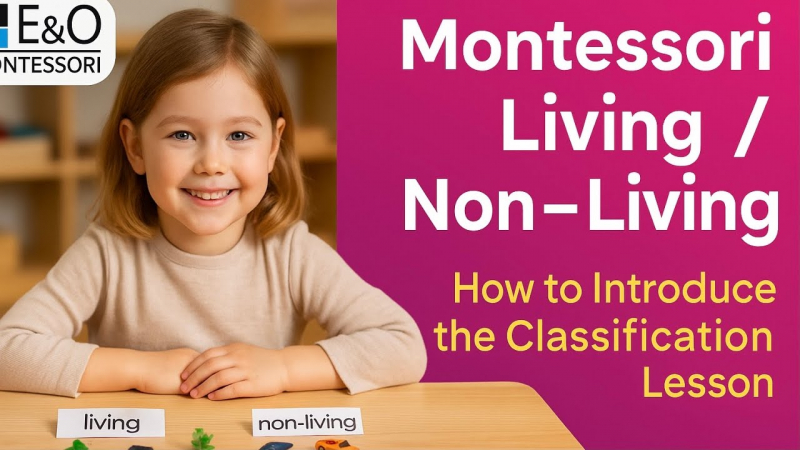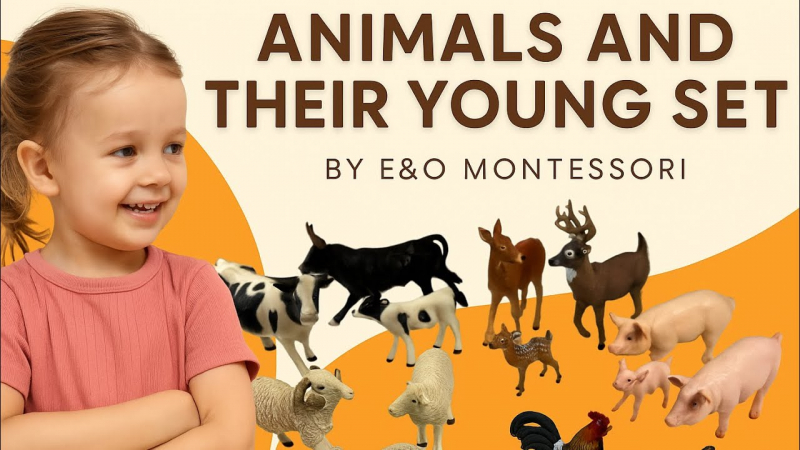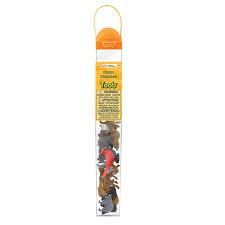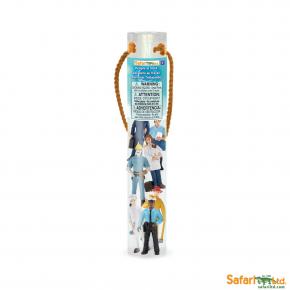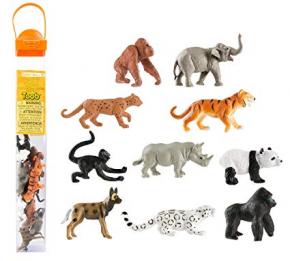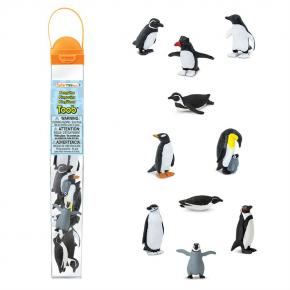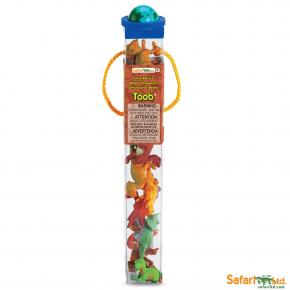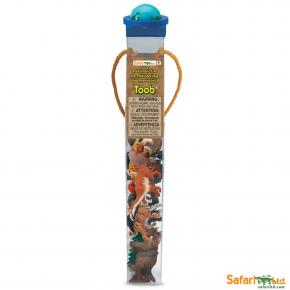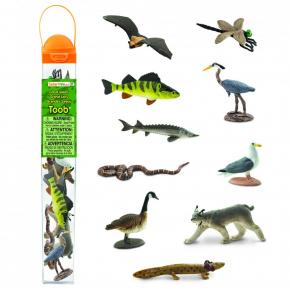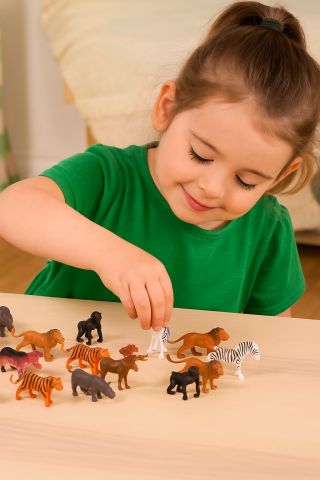
In the Montessori method, language is rooted in reality. Long before children begin reading or writing, they absorb language through meaningful interactions with their environment. Realistic, tangible objects play a vital role in this process.
When a child holds a miniature animal, tool, or household item, they are not just playing — they are naming, describing, comparing, and asking questions. These natural language interactions build vocabulary in a developmentally appropriate, engaging way.
Montessori environments are rich in opportunities for conversation: “What is this? Where does it live? What is it used for?” This type of exploration invites the child into precise, real-world language. For example, a child may say “bird,” and then refine it to “penguin” or “parrot,” deepening both understanding and expression.
Unlike fantasy-based toys, realistic objects help anchor language in experience.
This alignment between object, spoken word, and later — written word — is what supports true language acquisition. The goal is not memorization, but meaningful communication grounded in the child’s natural curiosity and desire to understand the world.
By using real-world materials that reflect the child’s environment and experiences, Montessori education supports language development that is sensorial, relevant, and joyful — giving children the tools to describe their world with confidence and clarity.

